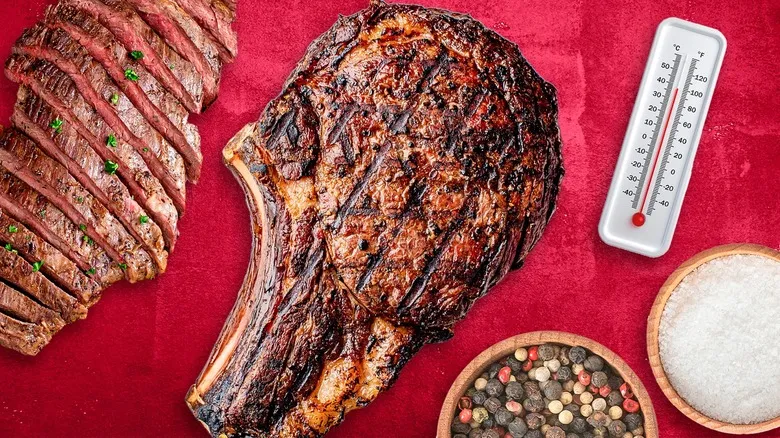And it's probably not just a one-off bad-weather event

The outlook for coffee enthusiasts is becoming increasingly grim. Coffee plants flourish in conditions that are neither excessively dry nor overly wet, and as evidenced by the frost issues in Brazil, they require warm temperatures ranging from 70 to 80 degrees Fahrenheit. If the conditions are too wet or too dry, the plants either perish or yield less coffee. A decrease in coffee production, coupled with rising demand, inevitably leads to higher prices. The significant concern is that such extreme weather events are expected to occur more frequently due to climate change. Therefore, the droughts and heavy rains that impacted Brazil's coffee harvest in 2024 should not be viewed as isolated incidents; similar weather patterns could lead to further price hikes.
It's important to note that the price set by farmers for coffee differs from what consumers pay at cafés or grocery stores. The supply chain includes various players, such as roasters and wholesalers, who all add their own costs before the product reaches the retail stage. Experts consulted by the BBC indicate that coffee companies have recently absorbed some of these price increases from suppliers to maintain customer satisfaction, but they are likely to pass on new price hikes to consumers in 2025. The exact increase you might see will depend on several factors, but you can anticipate a rise of at least 50 cents per pound, potentially reaching up to $1.
Recommended

15 Common Mistakes That Are Ruining Your Grilled Steak

Prevent Watery Iced Coffee Once And For All With A Metal Spoon Hack

The NYC Coffee Tradition Worth Traveling For

Why Dunkin Donuts' Dunkalatte Was Discontinued
Next up

